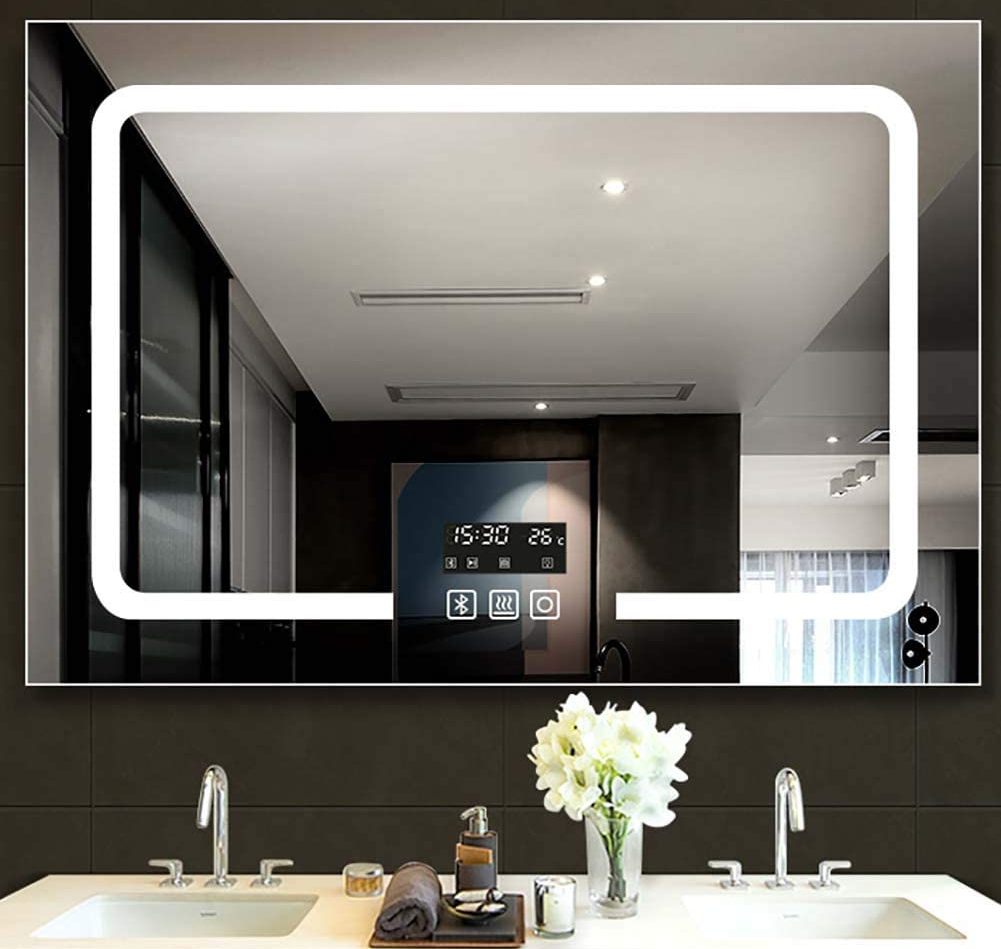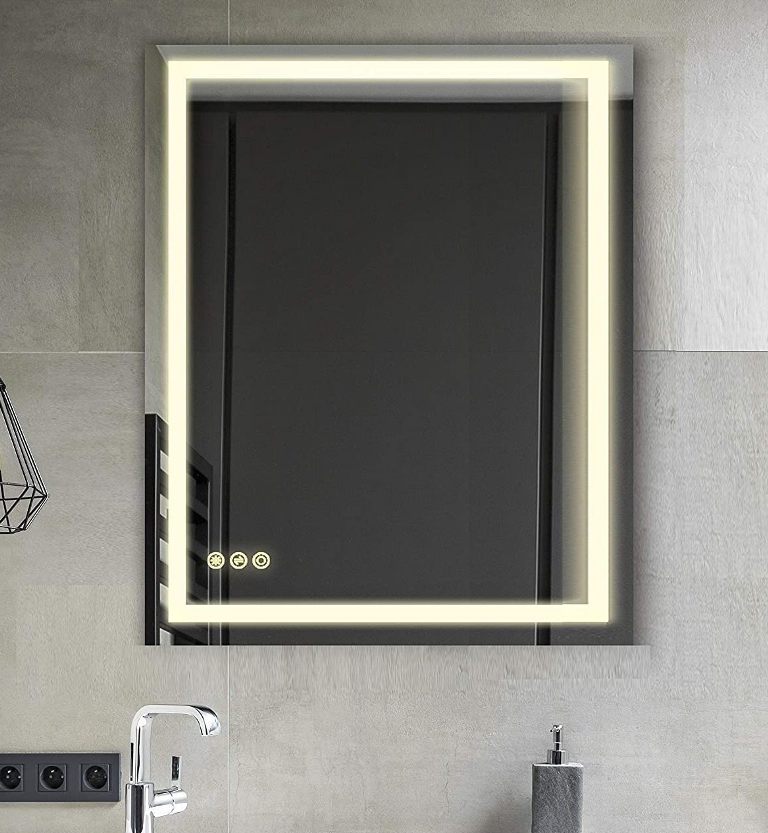
#Smart mirror software#
The next steps will bring the smart mirror aspect into it as you begin to program the software.ĭownload Raspberry Pi OS, your smart mirror software of choice, and image/re-image your SD card. The LED lights were powered from an open USB port on the R-Pi and attached to the sides of the frame with the included adhesive strips.Īt this point your build should look like a regular mirror. This is when we connected our Raspberry Pi, GAF-PiHAT, HDMI cable running to the screen console, and the LED lights. We secured ours a step further with latches and screws. The way ours was measured and cut, you could hear a physical ‘snap’ sound when the two pieces connected. Put the mirror in place and attach the ‘lid’ part of frame to hold it in place. Cut the foam to hide the excess space, and place it around the screen to create blackout effect. The right position for our build was right in the middle. This is when we mounted the screen to the inner, hidden rods and find the right position for your screen. The three main pieces to assemble as the base for your frame are the rods (hidden underneath) to hold the screen in place, the outside cover piece, and the frame itself. This is where you can paint your frame, too. Once you’ve measured the dimensions needed for your frame, cut the pieces out and sand them down. You’ll want to make sure it fits the screen size you’re using. Whether you’re using hobby board or wooden planks, it’s important to get your frame measurements correct since this is the base for the mirror. Raspberry Pi OS (32-bit with Desktop worked for us).Saw and Sandpaper (used to make the wooden frame).I’m excited to provide you with this guide for those who want to build one of their own.

It made the ups-and-downs of coding worth it. Seeing the mirror come together was so rewarding.

We had an old laptop screen at the office and thought it’d be great for a first video project concept. We wanted to show build/application options you can do with an R-Pi and have it POE powered using our GAF-PiHAT accessory. The concept came about because we wanted to find a cool project to do for our YouTube channel using a Raspberry Pi. Thankfully I was able to recruit Jeremy who was excited about the process and became a huge help. I was definitely nervous at first because I have never built a project like this, let alone built anything with coding involved. Now that it’s complete, I can say that it was such a great project to take on. Hi, ya’ll! Maria here to give some background about this project before we dive into specifics.


 0 kommentar(er)
0 kommentar(er)
